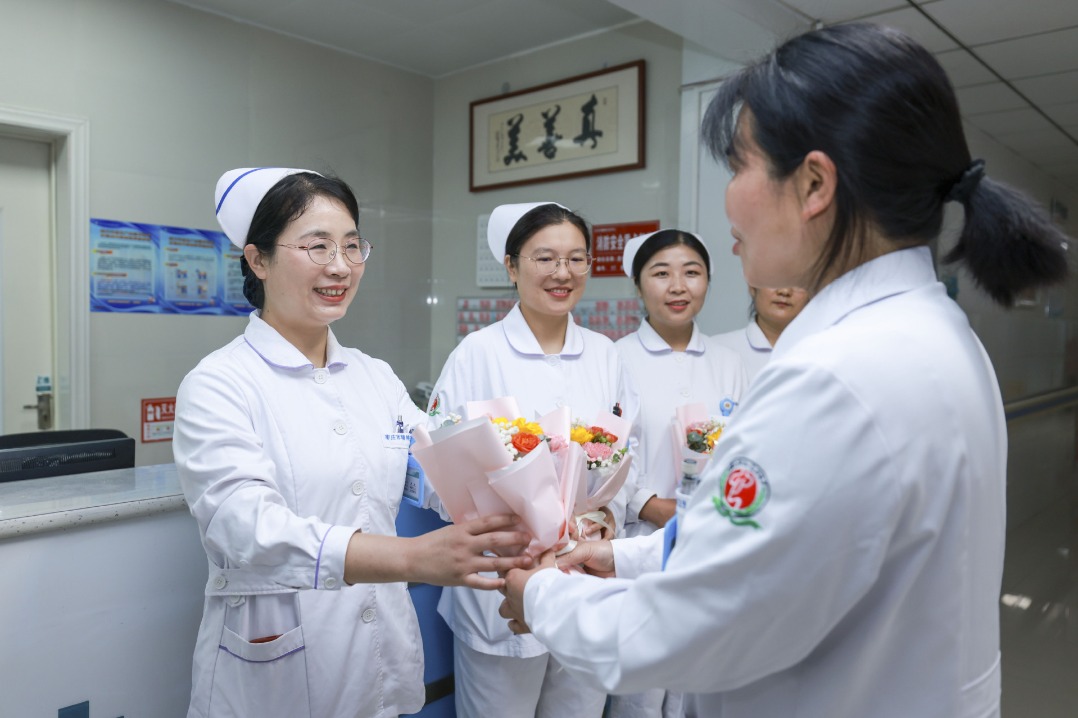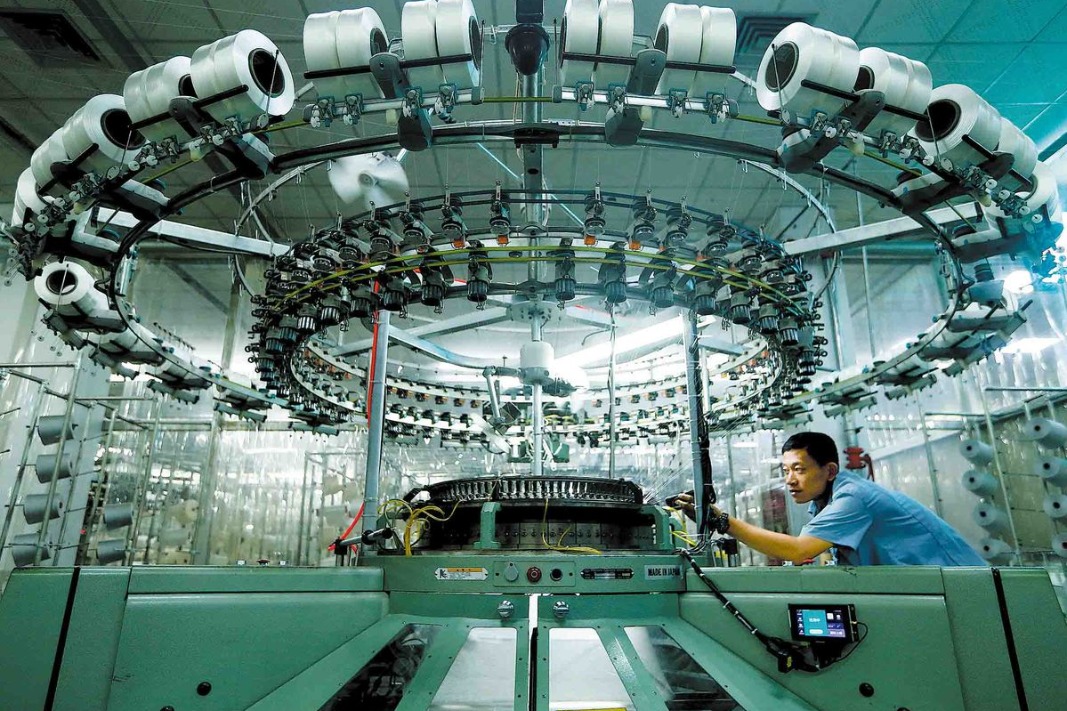Corridor boosts L. America's tech partnerships


The fourth ministerial meeting of the China-Community of Latin American and Caribbean States Forum to be held in Beijing on Tuesday is expected to focus, among other things, on science. In fact, the two sides organized an event called the "China-Latin America and Caribbean Science Day" which was hosted by the Chinese Ministry of Science and Technology in Beijing on April 23.
The milestone event on April 23, which marked a decade of progress under the China-CELAC Forum framework, highlighted the deepening collaboration between the two sides in science, technology and innovation, domains now recognized not only as engines of economic growth but also as pillars of sustainable development, mutual respect and global peace.
It is in this context that the concept of an "innovation-driven South-South technology corridor" has emerged, not merely as a framework for cooperation, but as a long-term diplomatic strategy that would strengthen scientific sovereignty, regional integration and technological resilience. The corridor represents a pragmatic and aspirational path forward for countries historically underrepresented in global science leadership, and it is through initiatives such as these that we can shape a multipolar, inclusive future for humankind.
The cooperation in science and technology makes it clear that science diplomacy is no longer confined to state-to-state dialogue; it is becoming a practice of mutual capacity building, co-creation of knowledge, and the collective response to global challenges.
The China-CELAC Forum is not a new partnership. It is the revitalization of ancient traditions of inquiry and invention that can, when connected through diplomacy, serve as the foundation for modern sustainable progress.
Among the organizations invited is the Andean Road Countries for Science and Technology, which has put forward a bold and unifying vision: the advancement of a regional paradigm of the Science Culture Construction. This initiative, anchored on the principle that science must be embedded in culture, education and governance, is fundamental to the maturation of any science ecosystem.
The ARCST, which brings together institutions and stakeholders from Latin America and other countries around the world, has positioned itself as a catalyst, a connector and "a bridge". It is fostering triangular cooperation between Latin America, Asia and global partners, and is working to ensure that research is not confined to elite institutions, but translated into community benefit, educational reform and technological entrepreneurship.
In this sense, Latin America's growing participation in China-led joint laboratories, research centers and training programs is not a passive reception of technology. It is a strategic investment in innovation diplomacy, which helps circulate knowledge, and adapts to and finds local expression.
The South-South technology corridor is now taking institutional shape. This is evidenced not only in the organization of events such as China-Latin America and Caribbean Science Day but also in the increasing number of scientific agreements, mobility programs, and collaborative projects that align with the UN Sustainable Development Goals.
This corridor brings new voices of the Global South and approaches to the global table. It allows regions such as Latin America to diversify their scientific partnerships and design context-specific solutions to problems ranging from the loss of biodiversity and energy transitions to urban planning and digital governance.
Moreover, it empowers countries to negotiate grounded in shared priorities, local expertise and reciprocal trust. The corridor is as much about science diplomacy as it is about development.
As a science diplomat, with more than 80 successful projects executed between China and Latin America, I saw the need to co-found and host joint laboratories with Chinese and other partners, encourage bilingual and multilingual scientific training programs, participate in collaborative funding mechanisms to promote innovation, support researchers and young scientists to engage in international exchanges, and foster ethical frameworks that guarantee the equitable use of technology.
The ARCST stands ready to assist in these efforts, offering a platform for dialogue, partnership and shared projects. Our (the ARCST's) vision is not only to close the scientific and technological gap between regions, but to lead, as well, in areas where Latin America possesses unique strengths, biodiversity, indigenous knowledge systems, agricultural heritage and community resilience.
Let us be clear, global challenges such as climate change, pandemics and resource scarcity cannot be met through isolated effort or unilateral policy. They demand coordinated action grounded in science, diplomacy and solidarity.
The China-Latin America and Caribbean Science Day was not a celebration of past achievements; it was a strategic signal of intent to shape a scientific future. It showed the world that China, Latin America and the Caribbean are ready to co-build a future where cooperation in science and technology is not a secondary concern, but a central element of foreign policy and regional development.
It is time to align our investments, policies and cultural narratives to elevate science as a cornerstone of international cooperation. Let the innovation-driven South-South technology corridor be our common path, not only toward sustainability but toward dignity, equity and global relevance as well.
It is not a corridor of asphalt or cables. It is a corridor of ideas, values and a shared future. We invite all who believe in the transformative power of science and diplomacy to join us.
The author is chairman of Andean Road Countries for Science and Technology, Bolivia.
The views don't necessarily represent those of China Daily.
If you have a specific expertise, or would like to share your thought about our stories, then send us your writings at opinion@chinadaily.com.cn, and comment@chinadaily.com.cn.

































